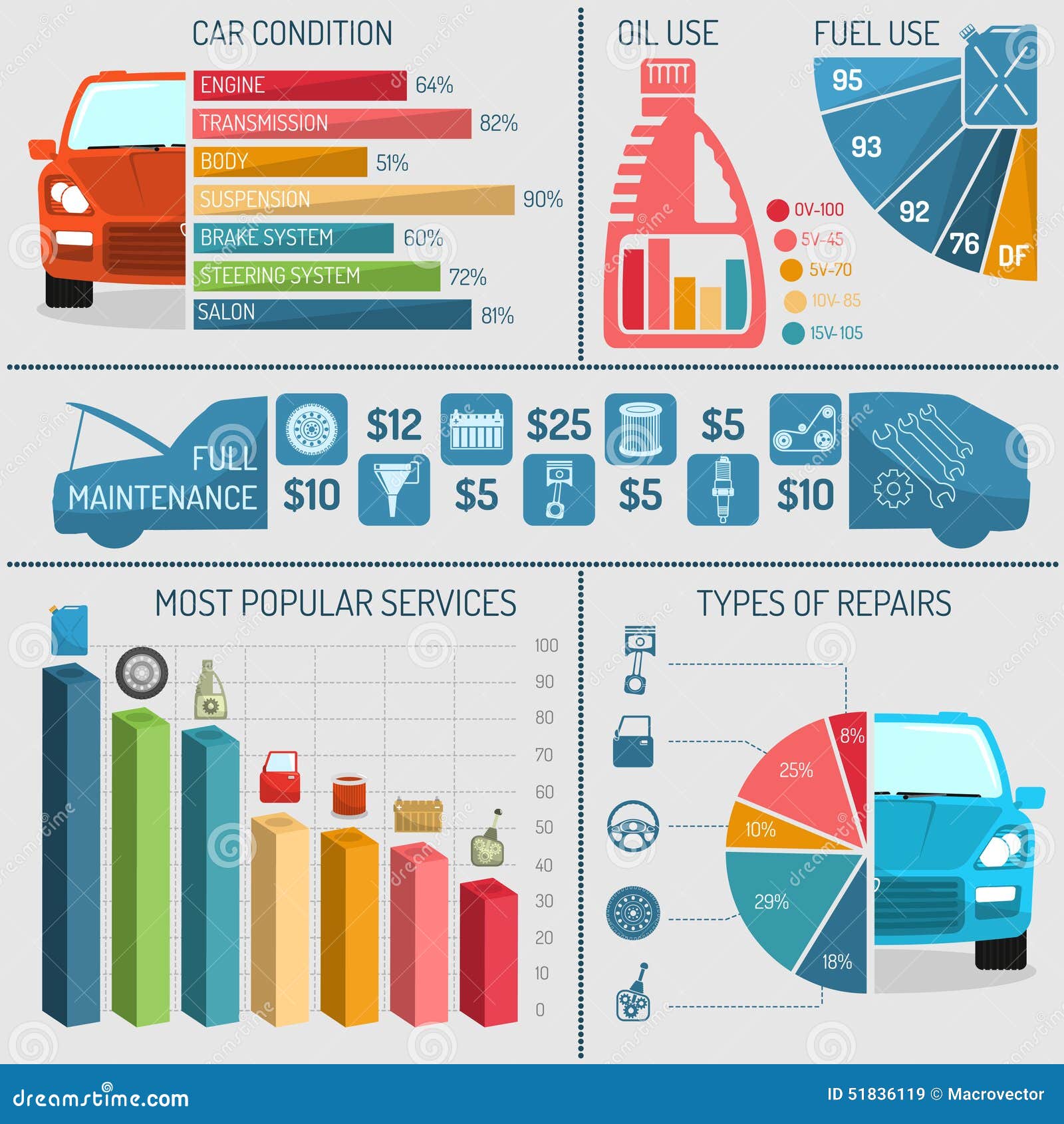Wondering Regarding The Definition Behind Those Control Panel Warning Lights? Gain Understandings Into Their Ramifications For Your Automobile'S Safety And Security And Upkeep
Wondering Regarding The Definition Behind Those Control Panel Warning Lights? Gain Understandings Into Their Ramifications For Your Automobile'S Safety And Security And Upkeep
Blog Article
Published By-Termansen Forbes
When you're behind the wheel, those radiant caution lights on your control panel can be a little bit bewildering. Do you know what they're attempting to tell you regarding your auto's health? Recognizing the value of these lights is crucial for your safety and security and the longevity of your automobile. So, the following time among those lights turns up, would not you wish to decode its message precisely and take the necessary steps to address it?
Common Caution Lighting and Interpretations
Recognize common warning lights in your vehicle and comprehend their definitions to make sure risk-free driving.
One of the most regular warning lights include the check engine light, which indicates concerns with the engine or emissions system. If this light comes on, it's essential to have your vehicle checked promptly.
The oil pressure cautioning light suggests low oil pressure, calling for instant interest to stop engine damages.
A flashing battery light may recommend a malfunctioning billing system, possibly leaving you stranded if not resolved.
The tire stress surveillance system (TPMS) light alerts you to low tire pressure, affecting automobile stability and fuel efficiency. Ignoring this might cause risky driving conditions.
The abdominal light suggests a trouble with the anti-lock stopping system, jeopardizing your capability to stop quickly in emergency situations.
Lastly, the coolant temperature cautioning light warns of engine getting too hot, which can result in severe damages if not settled quickly.
Recognizing these common caution lights will certainly assist you attend to problems promptly and preserve risk-free driving problems.
Value of Prompt Attention
Understanding the usual caution lights in your cars and truck is only the primary step; the significance of quickly addressing these cautions can't be emphasized sufficient to ensure your safety when traveling.
When a caution light brightens on your dashboard, it's your automobile's means of connecting a possible issue that requires interest. Disregarding https://carecutuning18395.azzablog.com/30394206/important-tools-every-auto-fixing-center-should-possess can cause extra extreme problems later on, jeopardizing your safety and potentially costing you much more in repairs.
Prompt attention to warning lights can prevent breakdowns and accidents. As an example, a blinking check engine light could indicate a misfire that, if left neglected, could cause damage to the catalytic converter. Addressing this promptly can conserve you from an expensive repair service.
Likewise, a brake system cautioning light could indicate reduced brake liquid or used brake pads, important components for your safety when driving.
Do It Yourself Troubleshooting Tips
If you notice a warning light on your dashboard, there are a few DIY troubleshooting pointers you can attempt before looking for professional assistance.
The first step is to consult your cars and truck's handbook to recognize what the certain warning light indicates. Occasionally the problem can be as basic as a loose gas cap setting off the check engine light. Tightening the gas cap may resolve the problem.
https://brakes-near-me05161.anchor-blog.com/10568208/amazed-by-the-usual-mistaken-beliefs-concerning-car-outlining-look-into-the-truths-behind-these-myths-and-find-out-how-specialist-outlining-can-profit-every-automobile-proprietor is a low battery, which can cause numerous alerting lights. Examining mobilecarwashnearme for corrosion and ensuring they're protected may fix the issue.
If a warning light continues, you can try resetting it by disconnecting the car's battery for a couple of mins and afterwards reconnecting it. Furthermore, checking your vehicle's liquid levels, such as oil, coolant, and brake fluid, can help fix advising lights associated with these systems.
visit the next site
In conclusion, comprehending your automobile's caution lights is crucial for maintaining your car running efficiently and securely. By promptly addressing these signals and knowing what they imply, you can avoid pricey repair services and possible failures.
Remember to consult your automobile's handbook for certain details on each alerting light and do something about it appropriately to make sure a hassle-free driving experience.
Keep educated, remain secure on the road!
